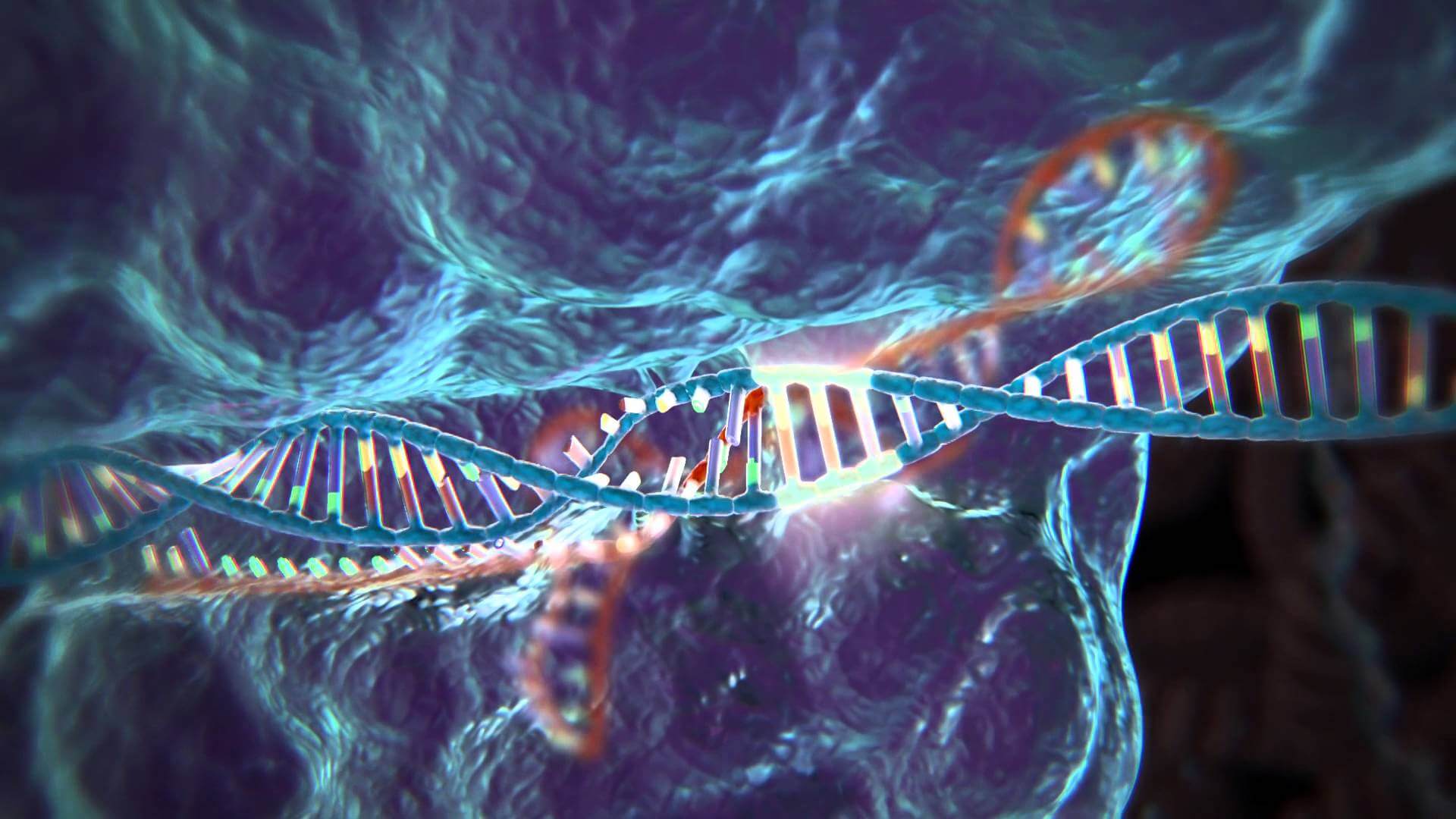
CRISPR/Cas9-based genetic screening methodologies enable the high throughput definition of the genetic interaction landscape underlying autism spectrum disorder (ASD) and other neuropsychiatric disorders. CRISPR/Cas9 allows us to induce specific edits into the genome in order to mimic genetic variations observed in affected individuals. CRISPR interference (CRISPRi), is an extension of this technique that allows us to reversibly turn off (repress) specific genes, which is another way of modeling mutations observed in patients. Both of these techniques facilitate systematic characterization of the impacts of loss of function mutations, including their downstream effects such as disruption of proliferation or differentiation (e.g., creation of mature neurons and other cell types of the brain), as well as high-content read-outs such as single-cell transcriptomics. We use systematic combinatorial gene perturbations to generate genetic interaction maps that reveal functional connections between disease genes . In this way, we can begin to illuminate the roles of established genes that have been implicated in ASD and other neuropsychiatric disorders. These hypotheses will then be followed up in other systems and studies.